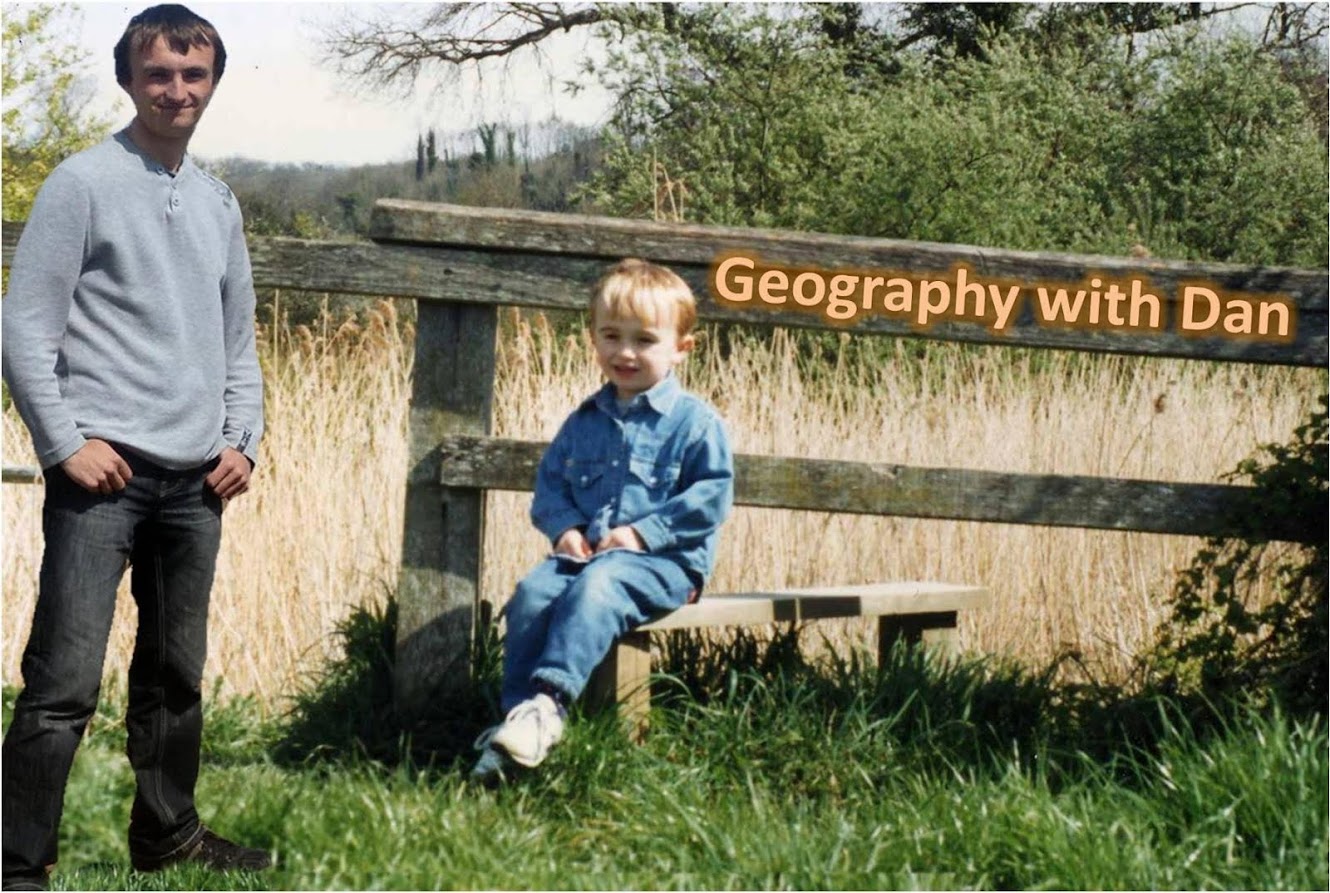 |
| From Bohm (1979) |
My second task was to decide what crops to grow. Clearly, my dissertation was aiming to investigate root tapering so I obviously required tap-roots that tapered in various ways. Hampering this, in addition, was the fact that whatever crop I used, had to be able to grow during late Spring and early Summer. The parsnip- a wonderful crop exhibiting conical tapering - was off the list. I remember wandering through Tescos and surveying the vegetable aisles, in the hope of finding three tapering tap-root vegetables.
By the end of the week, I had nailed two. The carrot seemed promising; easy to grow and would represent the conical morphology just as adequately as the parsnip. And, the turnip, which exhibits what we call napiform morphology. It stems from the Latin napus meaning 'shaped like a turnip' but that doesn't help much with a definition. If you imagine a turnip (or look at one below) you will see how at the top (the apex) the root bulges out; it is quite bulbous but then relatively quickly, it tapers down and becomes comparatively narrow.
I would find out later on that my site was actually a former potato field. This was, in a sense, apt given that my third crop would be the potato. Although not a tap-root, as such, the potato crop is a fascinating one. At a certain depth, a few fibrous roots emerge from a cluster of large, healthy potato tubers. In a sense, it is perhaps the opposite to the turnip; here, the largest diameters are found at the depth whilst the thin roots are mainly concentrated towards the surface. Potatoes are also relatively easy to grow, too.
Thus, it was settled. I would grow (from seed) about 250 carrots, 250 turnips and about 85 potatoes. (Potatoes require more space than the other two, hence the smaller quantity).


No comments:
Post a Comment